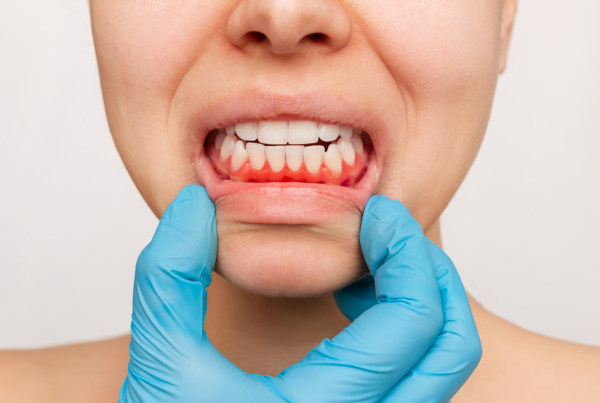Have you ever taken a bite of popcorn and felt an unexpected crunch? Or maybe you’ve absentmindedly chewed on ice only to realize something didn’t feel quite right afterward? Instances like these can sometimes lead to a cracked tooth, and once that crack appears, it’s hard to ignore. Even minor fractures can bring surprising discomfort and long-term consequences if they’re not addressed quickly.
In everyday life, we put our teeth through a lot of stress. From chewing tough foods to clenching our jaws when we’re stressed, our teeth stand up to constant pressure. While they’re impressively strong, they’re not invincible. Cracks can be subtle, and symptoms might be intermittent, yet the implications can be serious if left unexamined.
Below, we’ll explore what a cracked tooth really is, the ways to spot trouble, and why timely treatment could save you from more extensive procedures down the road. By the end, you’ll see that a cracked tooth is something you can take proactive steps toward treating and preventing.
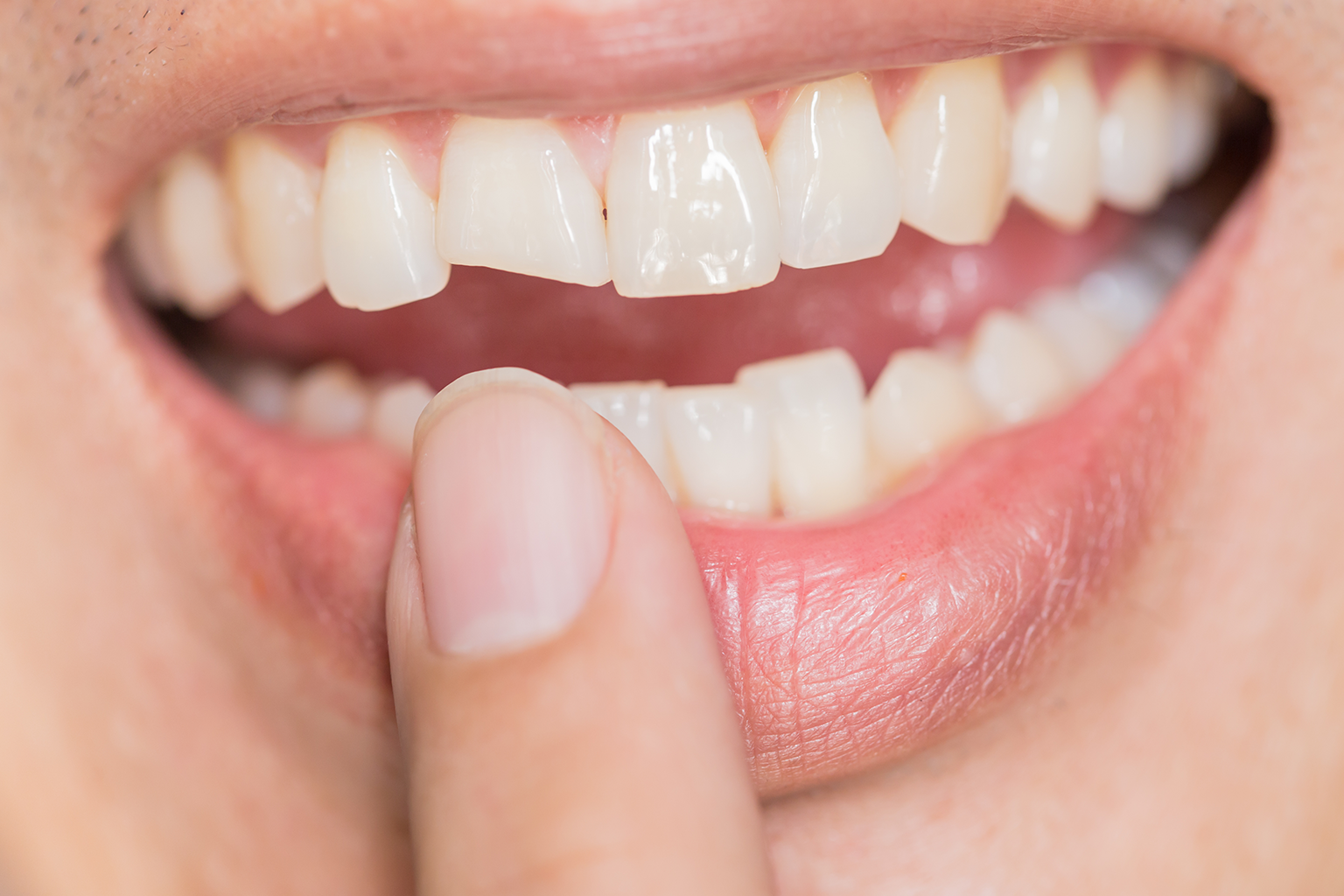
1. How bad is a cracked tooth?
A cracked tooth can range from a minor inconvenience to a major dental emergency. The severity depends on how deep the crack goes and whether it extends into critical areas, such as the pulp (where nerves and blood vessels live). A simple hairline fracture might not cause any immediate pain. In fact, you might only notice slight sensitivity to hot or cold. But if the crack is more substantial, it can trigger sharp pain, especially while chewing.
A closer look at severity:
Minor Cracks or “Craze Lines.” These are shallow lines in the enamel that typically don’t penetrate deeply. They’re fairly common with age and often don’t require treatment. A dentist might suggest smoothing the surface if they become a cosmetic concern or lead to minor sensitivity.
Moderate Cracks. When a fracture goes beneath the enamel into the dentin layer, it becomes more serious. You might feel tooth sensitivity when biting down or notice discomfort with sweet, hot, or cold foods.
Severe Cracks. If the crack reaches the pulp, that’s when the real trouble begins. The tooth can become extremely sensitive to temperature changes and pressure. You may even see swelling in the surrounding gum area. Pain could come and go, sometimes feeling like a sharp twinge that’s easy to pinpoint, other times a dull ache that’s harder to trace.
Split Tooth. In the worst cases, a tooth can split into distinct segments. This usually happens when a deep crack is left untreated for too long. At that point, a root canal and a crown may not be enough to save the tooth, leading to extraction as the final solution.
So, “How bad is it?” depends on a few variables—your unique bite, the tooth’s overall health, and the degree of fracture. This is why prompt evaluation by a dental professional is critical. Even a seemingly minor crack can worsen over time, especially under the constant forces of chewing.
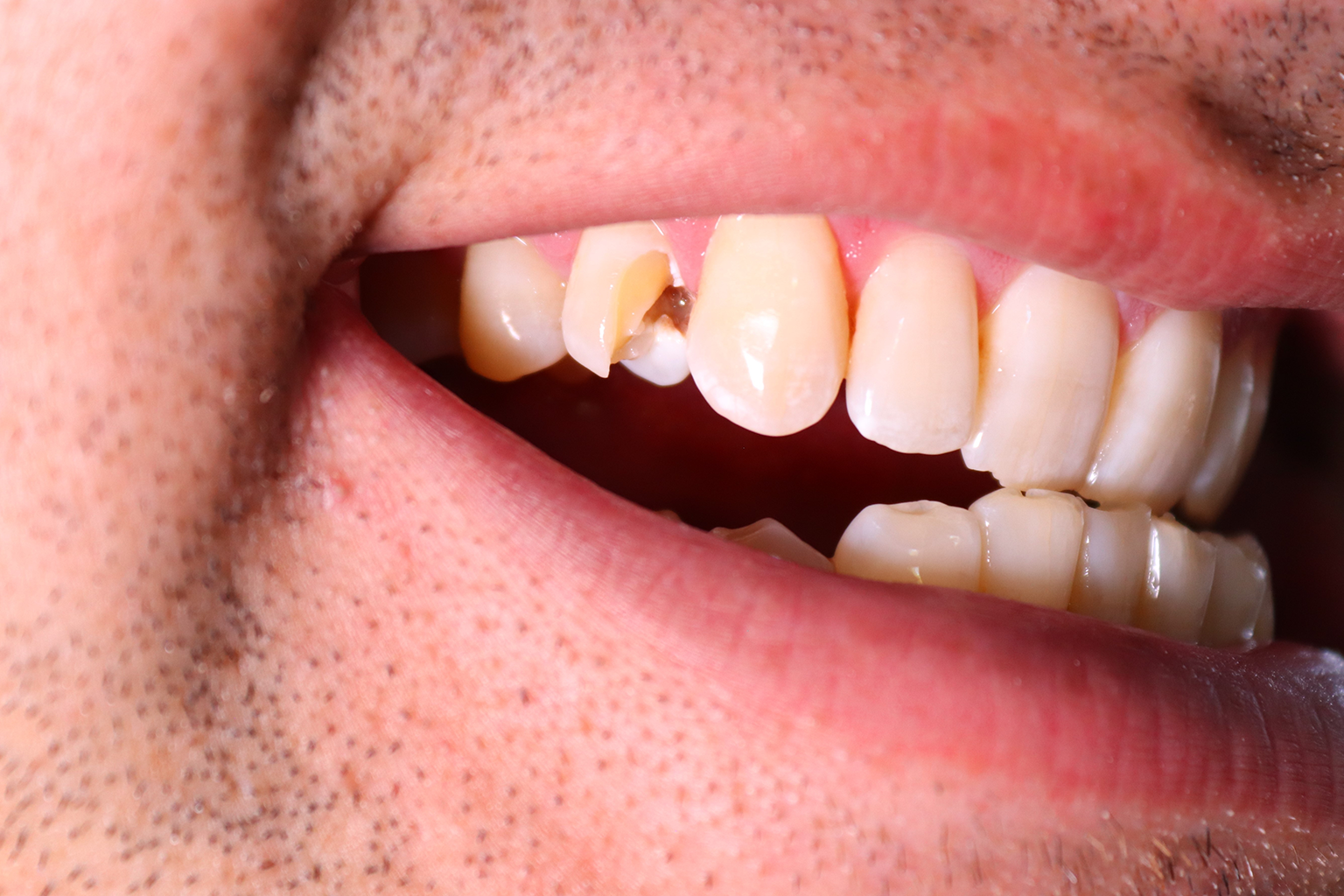
2. What can be done for a cracked tooth?
Treatment options depend on the specifics of the crack, its location, and whether it has caused damage to the tooth’s vital structures. The good news is that modern dentistry offers several approaches to help restore a tooth to functionality and comfort.
Common treatments include:
- Dental Bonding. For minor surface cracks, bonding with a tooth-colored resin can seal the fracture, prevent further damage, and restore the natural look of your tooth. It’s a cost-effective solution that often takes a single visit.
- Dental Crowns. Crowns are frequently recommended for moderate cracks. A crown acts like a protective shell, providing strength and stability while preserving as much of the original tooth structure as possible. Crowns are custom-made to match your tooth’s shape and color, so you don’t have to worry about them standing out.
- Root Canal Therapy. When the crack reaches the tooth pulp, a root canal can remove infected or inflamed tissue and seal the interior. Afterward, a crown is placed to protect the tooth from further breakage. This procedure allows you to keep your natural tooth, which is almost always preferable to extracting it.
- Extraction. If the crack is so extensive that it compromises the structural integrity of the tooth, removal may be the only choice. Extraction is typically considered a last resort. Once the damaged tooth is removed, you can discuss replacement options such as a dental implant or bridge.
Lifestyle and preventive measures
Beyond treatment, lifestyle changes and preventive measures play a significant role in avoiding future cracks. Simple actions—like wearing a mouthguard during sports, resisting the urge to crunch on hard candies or ice, and managing stress-related clenching—can drastically reduce the risk of cracks. Regular checkups are equally important for catching small issues before they escalate into major problems.
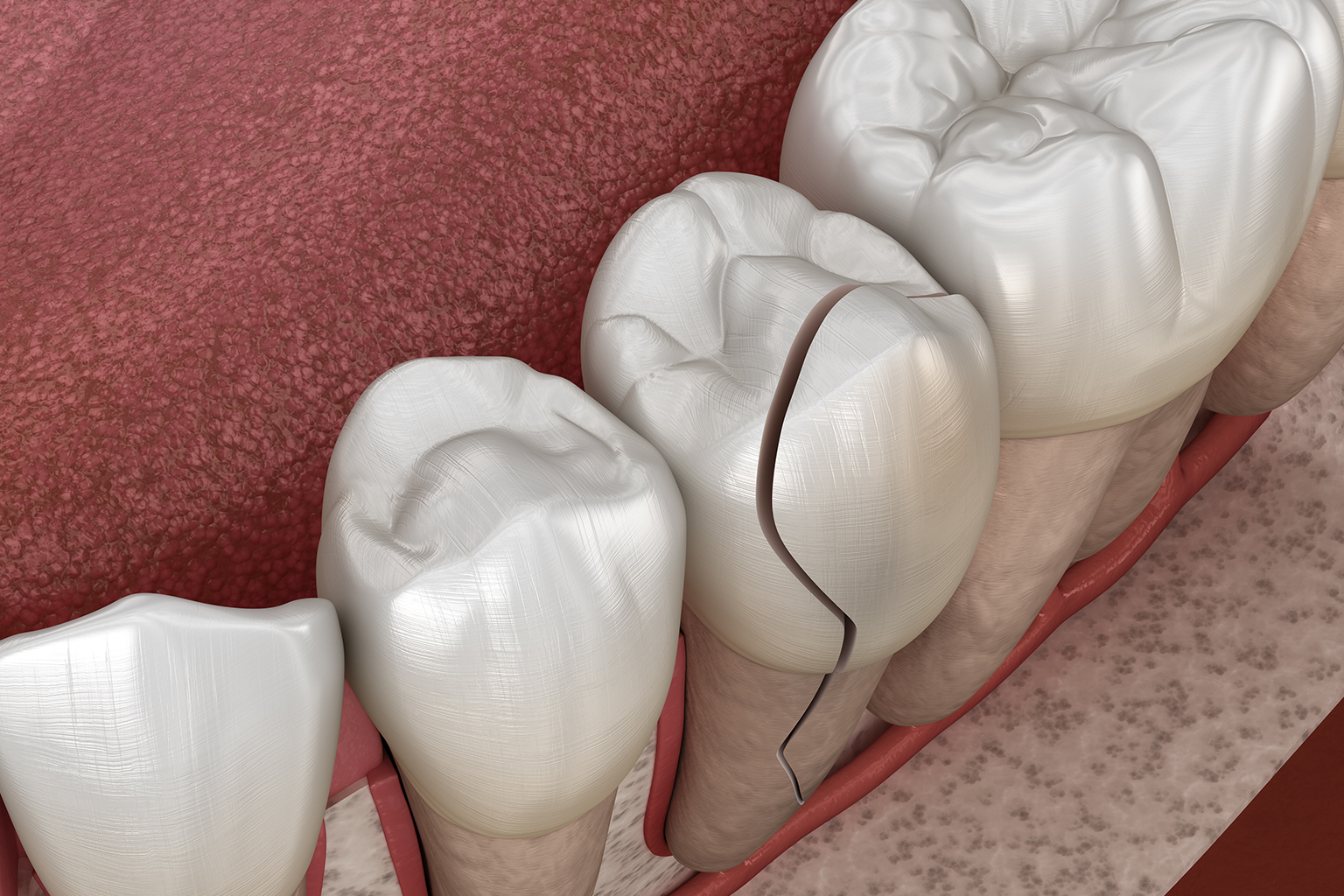
3. What happens if you leave a cracked tooth untreated?
You might be tempted to put off scheduling a dental appointment, especially if the pain comes and goes. Unfortunately, ignoring a cracked tooth can lead to a cascade of issues:
- Worsening Pain. Initial discomfort might be mild, but cracks rarely stay small. Chewing and biting create pressure that can deepen the fracture over time, leading to sharp pain or sensitivity.
- Infection. If bacteria enter the crack, they can reach the pulp chamber, causing infection or abscess. This can manifest as swelling in the gums, persistent throbbing pain, and even a fever in severe cases.
- Structural Weakness. A cracked tooth isn’t as strong as an intact one. Continued biting force on the compromised tooth heightens the risk of it fracturing into multiple pieces, eventually rendering it unsalvageable.
- Costly Treatments. Waiting too long can transform a minor fix into an expensive procedure. A small crack that might have been addressed with bonding or a simple crown may escalate to needing a root canal and major restorative work. In extreme situations, extraction and replacement become unavoidable.
- Impact on Overall Health. Ongoing infection in a tooth can affect more than your mouth. Untreated dental infections have been linked to other health complications, underscoring the importance of dealing with them promptly.
Basically, postponing a consultation can leave you with more pain, greater expenses, and potential health risks. A cracked tooth is a clear signal from your mouth that something is off, so it’s wise to respond quickly.
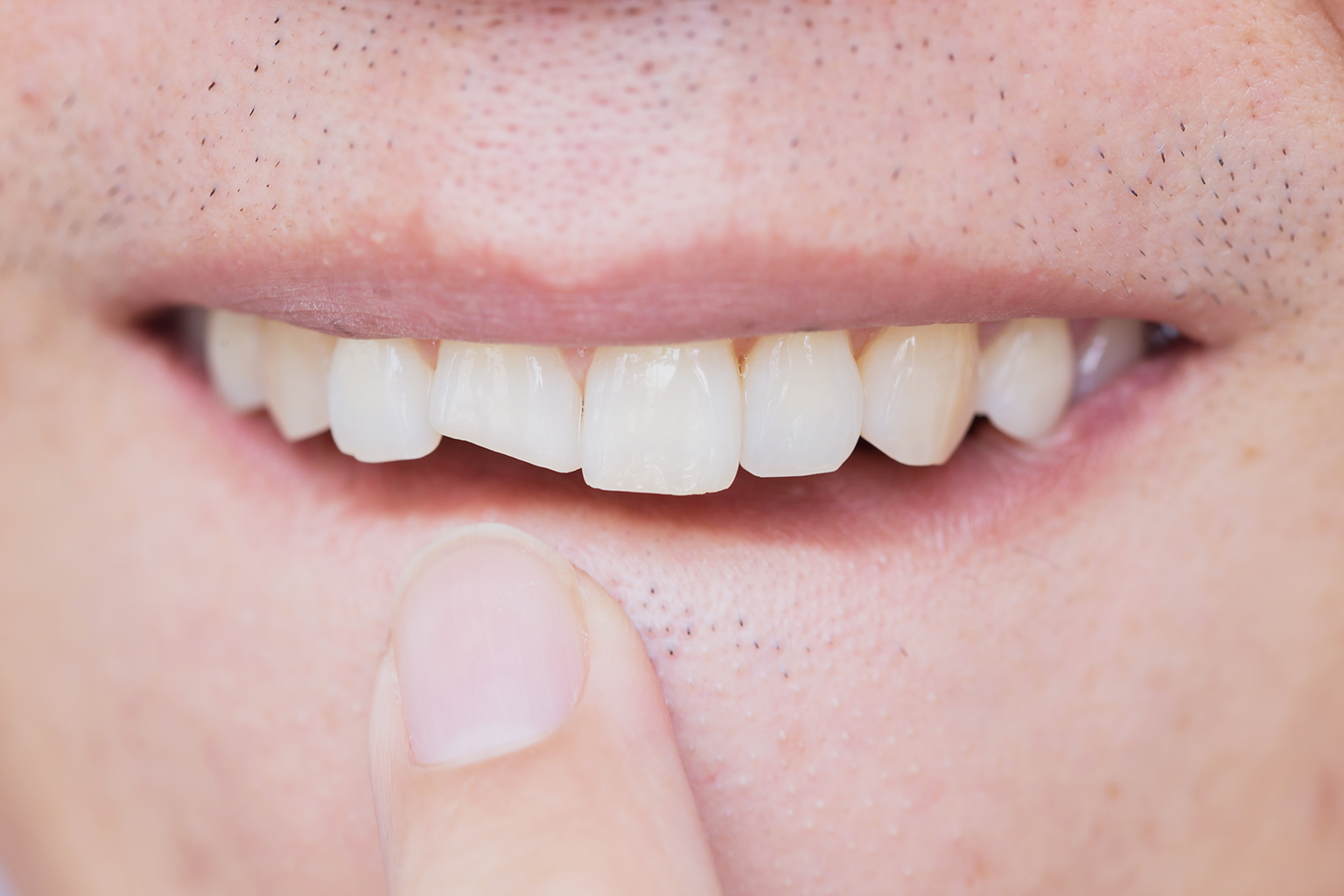
Common Causes and Symptoms of a Cracked Tooth
Before you notice visible signs, a cracked tooth might alert you with unexplained sensitivity or a fleeting sharp pain while chewing. Some people might also detect a rough edge on their tooth surface or notice that a piece of the tooth has chipped off.
Common causes include:
- Biting on hard objects: such as hard candy, ice, or unpopped popcorn kernels.
- Bruxism (Teeth Grinding): This can put tremendous pressure on teeth over time.
- Trauma or injury: Accidents, falls, or sports injuries often result in sudden impact that can crack or chip a tooth.
- Age-related changes: Teeth can develop tiny cracks or “craze lines” as part of the normal aging process.
Being vigilant about these signs can help you catch cracks early. If you notice intermittent pain, particularly when releasing a bite, consider it a strong hint that something might be amiss.
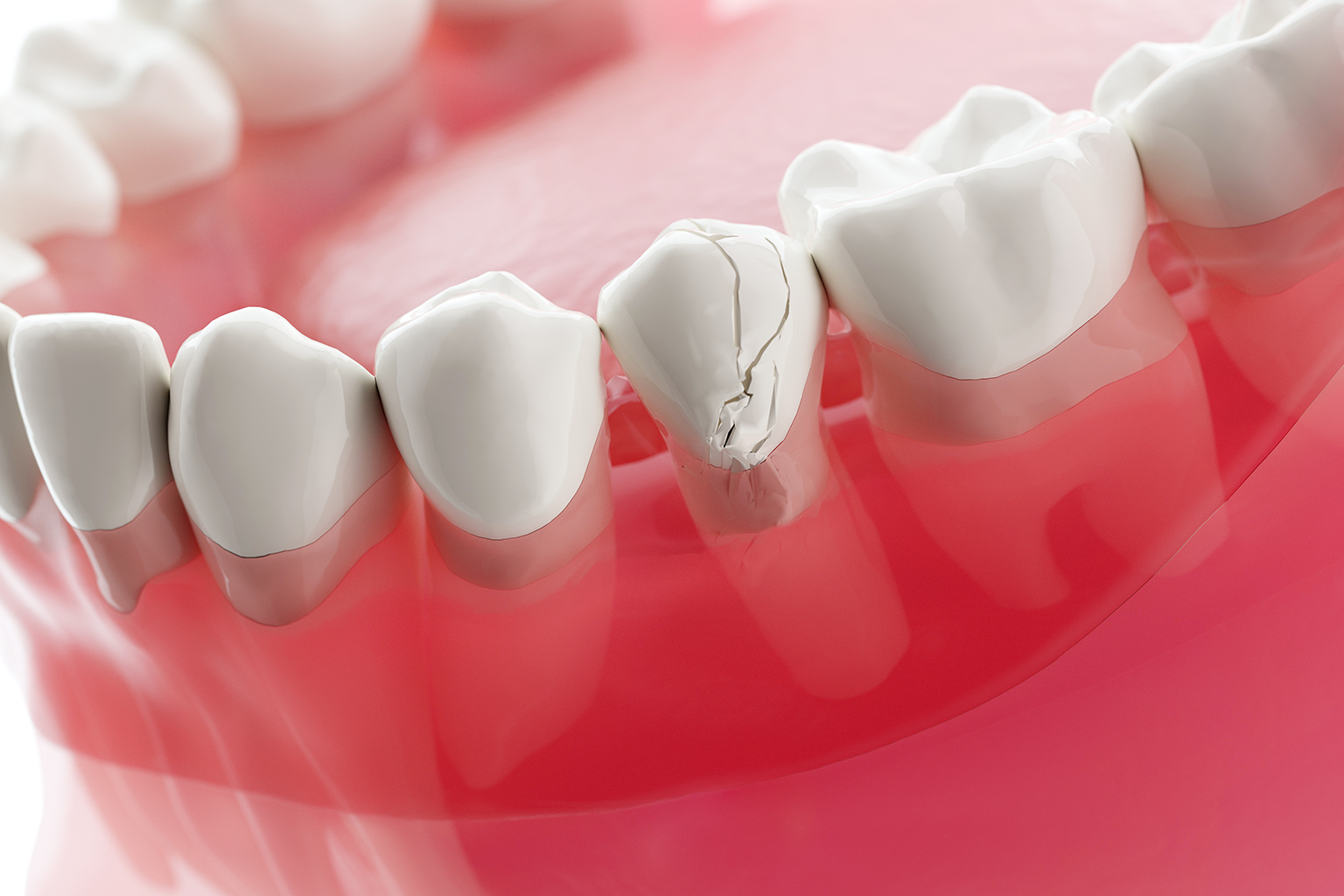
Why Early Intervention Matters
A tooth crack won’t heal on its own. Unlike bone, enamel lacks the ability to regenerate. Once it’s compromised, the best course of action is to seek professional care. Early intervention can drastically reduce the likelihood of invasive procedures and help you avoid the pain of more advanced damage.
Dentists have sophisticated diagnostic tools at their disposal, including magnification loops and specialized lights that reveal hidden fractures. Sometimes, X-rays might not immediately pick up a small crack, especially if it runs vertically. That’s why a thorough examination is critical. If you suspect a crack, mention every symptom, even if it seems insignificant.
How Encino Dental Studio Can Help
At Encino Dental Studio, we understand that life can throw curveballs at your teeth. A cracked tooth isn’t just a cosmetic issue; it can impact your daily life, from enjoying a cup of coffee to eating your favorite meal without wincing in pain. Our team uses modern techniques to identify and treat cracks so you can get back to a life where you don’t have to think twice about what you’re biting into.
The approach is thorough yet comfortable:
- Comprehensive Examination: We’ll use digital imaging and a detailed visual inspection to locate any cracks, even the tiny ones that might be hiding.
- Customized Treatment Plans: Whether your situation calls for a simple bonding or a full-coverage crown, we tailor our approach to what’s best for your long-term oral health.
- Follow-Up and Support: We don’t just fix the crack and send you on your way. We keep track of your progress, ensuring that your tooth remains stable and healthy over the long haul.
Ready to Protect Your Smile? Schedule an Appointment
If you’ve been putting off a visit for that nagging twinge of pain or that suspicious crack you noticed last week, there’s no better time to act. By seeking timely advice, you can avoid more invasive procedures, minimize discomfort, and maintain the natural structure of your tooth for years to come.
Don’t let uncertainty or fear keep you from addressing a potential crack. Our goal at Encino Dental Studio is to help you feel comfortable and confident, every step of the way. If you suspect a cracked tooth or simply want a thorough checkup, get in touch with us. We’re here to answer your questions, discuss your concerns, and help you regain a confident, pain-free smile.
Contact us today to schedule an appointment. Your teeth work hard for you—treat them well, and they’ll keep you smiling for a lifetime.


